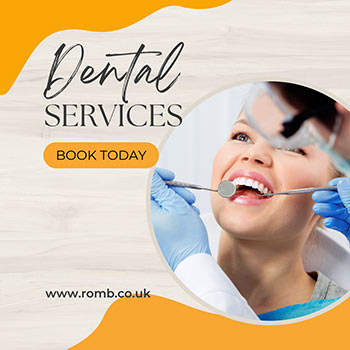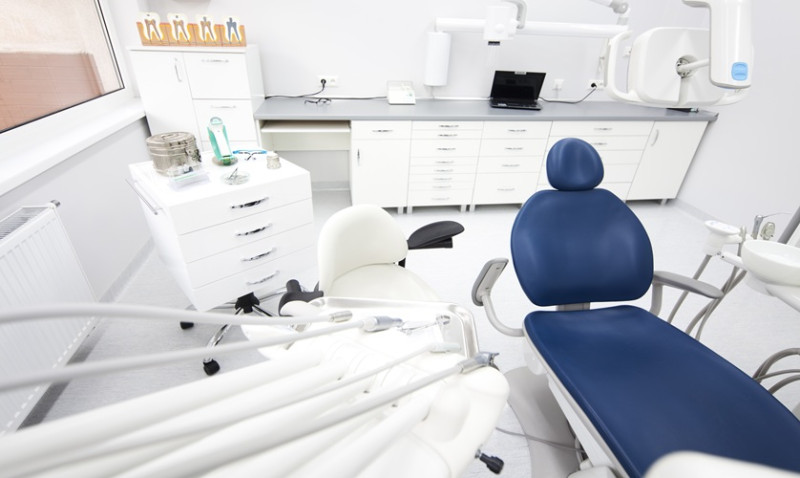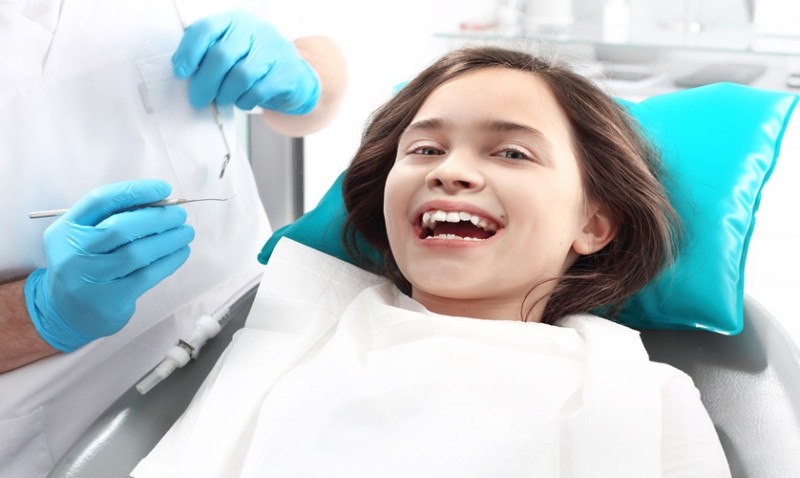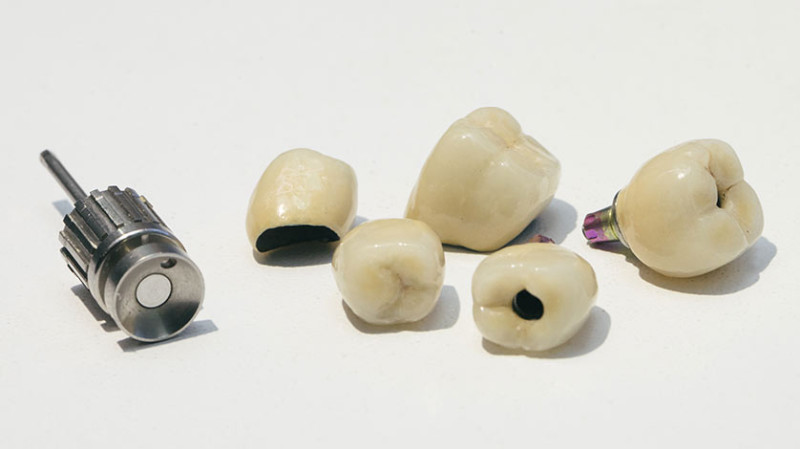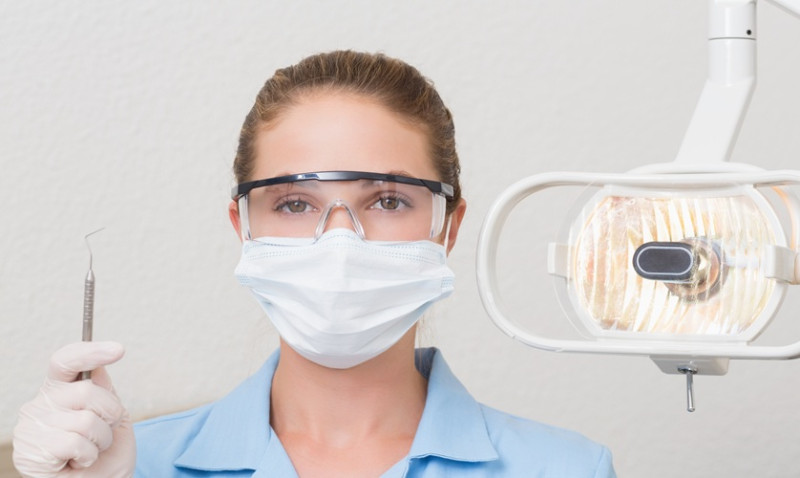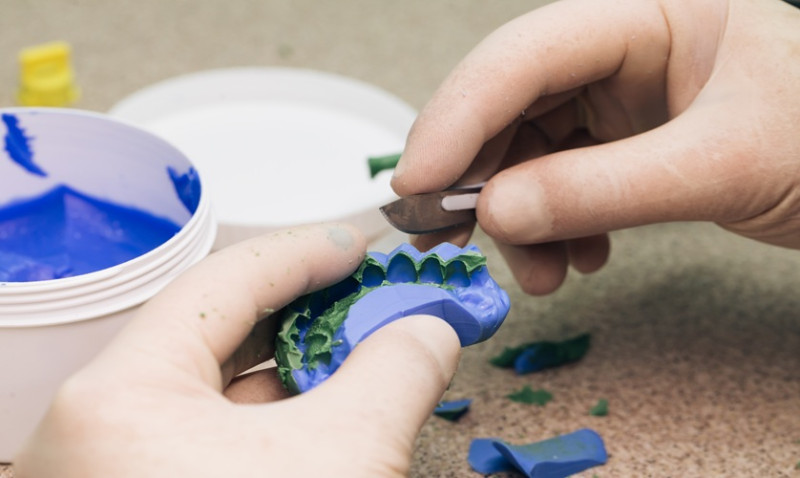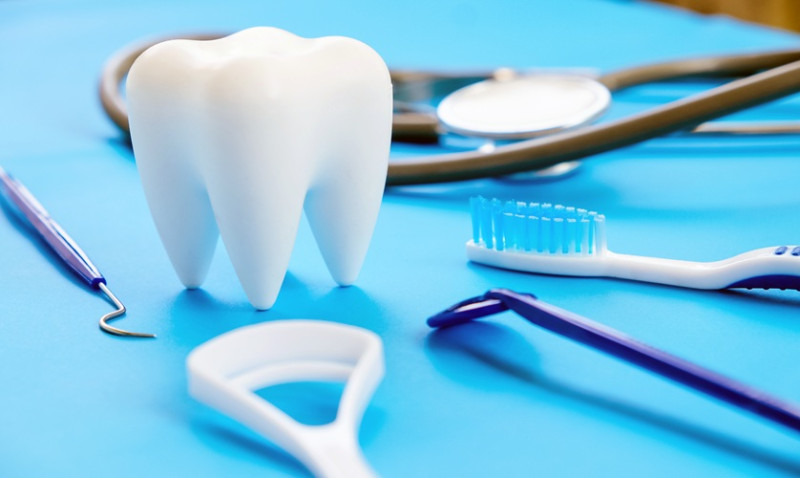
In an era where digital innovation is pushing the boundaries in every industry, dentistry is no exception. The emergence of what Dr. Miguel Stanley calls “Positive Dentistry” — an approach rooted in precision, sustainability, and empathy — is revolutionising the dental experience. Whether you’re a DIY enthusiast keen to understand cutting-edge tech, a young professional prioritising self-care, or a designer looking at how technology intersects with wellness and interior spaces, the future of dentistry offers important insights for us all.
From AI-driven diagnostics to pain-free procedures, Positive Dentistry isn’t just about fixing teeth — it’s about creating a holistic and efficient environment that values both the health of the patient and the integrity of the work being done. Much like modern interior design combines form and function, modern dentistry blends aesthetics, innovation, and ethical responsibility.
What Is Positive Dentistry?
Positive Dentistry is a term coined by Dr. Miguel Stanley, a global leader recognised for his commitment to advanced and ethical dental care. At its core, Positive Dentistry is about doing what’s best for the patient — not just in the short term, but for their long-term health and wellbeing.
The philosophy prioritises quality over quantity, patient-centered care over profit-driven procedures, and prevention over reaction. This holistic approach aims to eliminate fear, complexity, and resistance that consumers often associate with dental visits. Much like what we aim for in reimagining our homes — comfort, efficiency, and an uplifting experience — Positive Dentistry seeks to create a stress-free and transparent atmosphere in clinics.
Positive Dentistry also recognises that modern patients are informed, digital-savvy, and expect a seamless user experience — just like when interacting with any professional service in areas like home renovation or architecture. This results in a demand for higher standards and transparent processes in the dental world.
The Role of Technology in Transforming Dental Care
Technology has become the foundation of modern dental care. Innovations like 3D imaging, digital scanning, and cloud-based treatment planning are streamlining what used to be painful or time-consuming appointments into smooth, predictable experiences. These tools are improving diagnostic accuracy, lowering patient discomfort, and increasing the life expectancy of dental work.
Computer-aided design (CAD) and computer-aided manufacturing (CAM) technologies have revolutionised crown and implant design. Now, dental prosthetics can be produced with precision on the same day, reducing wait times significantly. These digital innovations are similar to how 3D modelling and rendering have redefined architectural visualisation — allowing patients to ‘see’ their results before committing.
Meanwhile, artificial intelligence (AI) is enhancing how dentists diagnose and predict potential dental issues. Through pattern recognition and analysis of medical histories, AI tools can flag early signs of gum disease, decay, or even identify systemic health conditions reflected in oral health. This usage aligns with wider trends in smart homes, where diagnostics and automation proactively identify problems before they occur, saving time and money.
Pain-free Dentistry and Patient Comfort
Gone are the days when a trip to the dentist meant anxiety and discomfort. An important principle of Positive Dentistry is to create a comfortable, pain-free experience — echoing how modern home design prioritises wellness and relaxation environments. Technologies like laser dentistry, ozone therapy, and digitally guided anaesthesia are replacing outdated tools, reducing the need for needles, drills, or extensive recovery periods.
For patients — particularly those who have avoided dental visits due to fear — this is a game changer. Pain-free experiences encourage consistent dental check-ups, which mirror the philosophy seen in regular property maintenance. Just like you wouldn't ignore a leak in your home, preventative dental visits help avoid bigger issues down the line.
This modernisation also extends to design. Dental practices are increasingly styled like wellness spas or boutique hotels — calming interiors, soundproofing, aromatherapy, and soothing lighting go hand-in-hand with high-tech procedures. Architects and designers involved in healthcare projects are finding a new niche in elevating the patient experience through cutting-edge practice layouts and materials.
Digital Platforms and Patient Engagement
Modern patients expect digital-first service. Whether booking an Airbnb or hiring a landscape architect, millennials and Gen Z professionals prefer apps and online solutions — and Positive Dentistry recognises this trend.
Dental clinics are now investing in user-friendly websites, mobile apps, and patient portals for appointment booking, treatment plans, secure document sharing, and financial planning. Some platforms even offer video consultations and instant chats with dental coaches or wellness advisors. This is not just a convenience — it's about transparency and trust.
Furthermore, clinics are using digital campaign strategies — much like successful home improvement brands — to educate and engage their community through blogs, email updates, social media and video explainers. This customer-centred approach fosters long-term loyalty and positions the dental practice as an ongoing partner in the patient’s journey — not just a place to fix emergencies.
Sustainability in Modern Dental Practices
Sustainability is already a key trend across the British home improvement market — from eco-friendly paints to energy-efficient insulation. In dentistry, this translates to reducing single-use plastics, eliminating mercury-based fillings, and investing in green technologies like low-energy sterilisation systems and biodegradable materials.
Digital workflows and paperless records not only save space and time but contribute to off-setting the industry's carbon footprint. Furthermore, increased use of tele-dentistry minimises unnecessary travel, reducing both emissions and time for patients.
Clinics designed with sustainability in mind — much like eco-conscious showrooms or loft conversions — are attracting conscious consumers who value health not just on a personal level, but also for the planet.
The Dentist as a Designer: Crafting Smiles Like Interiors
There’s a unique overlap between dentistry and design. Much like how you would curate a living room layout or kitchen upgrade, designing the perfect smile involves symmetry, colour, texture, and proportion.
Positive Dentistry sees dentists not just as medical professionals, but as smile architects. With the use of augmented reality, facial recognition software, and advanced planning tools, practitioners can offer simulations of post-treatment results — much like rendering a space before tearing down a wall.
This opens up exciting collaborations between dentists and other creative professionals, including stylists, orthodontists, and even lighting designers — those mirrors and white lighting in clinics must reflect true colour to assess tooth tone and skin contrast.
Positive Dentistry: A Model for Other Industries?
For professionals working in architecture, interior design or home renovation, the ethos of Positive Dentistry provides useful insights. It shows how a marriage of empathy, innovation and aesthetics can elevate client satisfaction — with improved margins and stronger reputation to match.
Could this be the model that tradespeople adopt for their own businesses — moving away from quick fixes and toward long-term quality and trust? Perhaps builders, decorators and bathroom designers can take inspiration from the transparency, user-first interfaces and digital planning tools now mastering the dental industry.
When we redefine the customer relationship from transactional to transformational, we not only deliver better outcomes — we build an ecosystem that nurtures loyalty, referrals, and industry respect.
Final Thoughts
As Dr. Miguel Stanley eloquently outlined in his TEDx talk, technology is not here to replace the human touch — it’s here to enhance it. Positive Dentistry embodies a future-forward approach where care, design, and sustainability come together to create lasting value.
With the UK’s appetite for smart innovation and high-quality experiences in home design and renovation, perhaps it’s time to apply the Positive Dentistry model not just to our teeth — but to the way we build, create, and serve across industries.
After all, a healthy smile and a well-designed home have something in common — they both have the power to transform lives with confidence, comfort, and pride.
